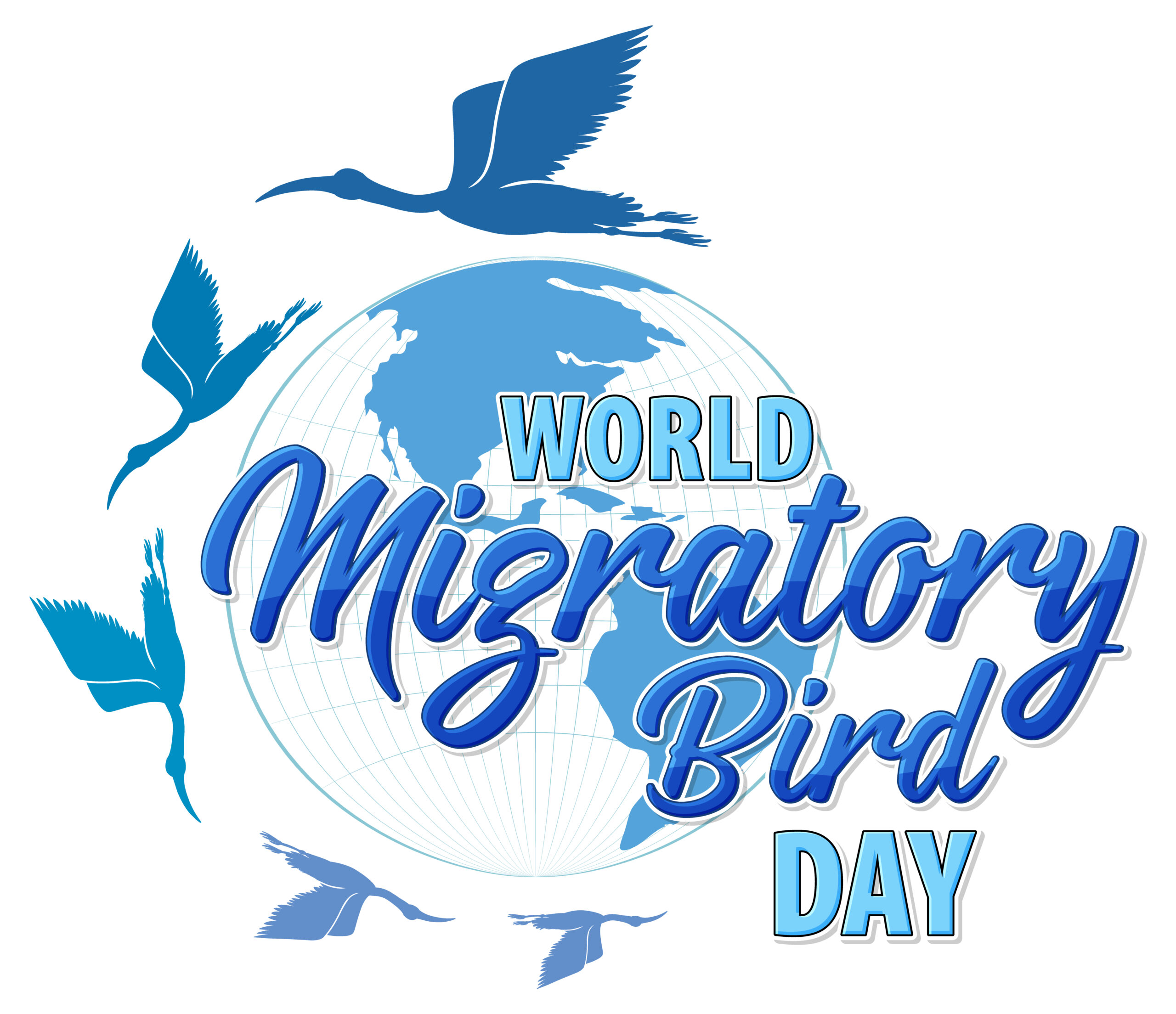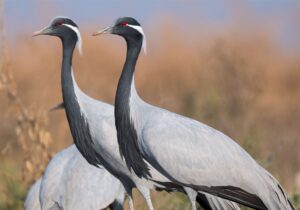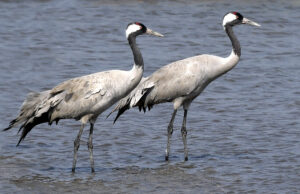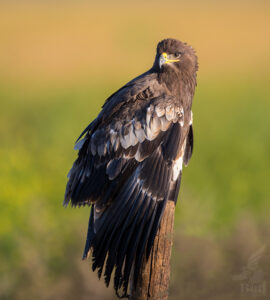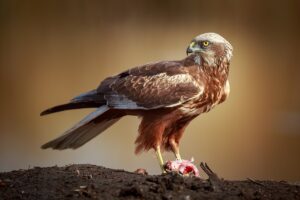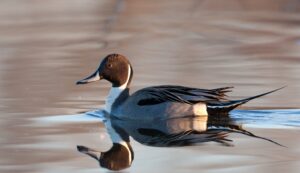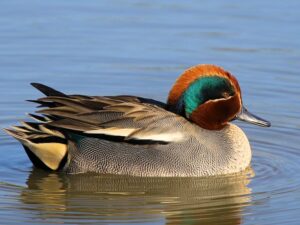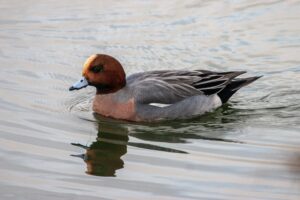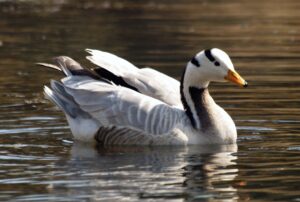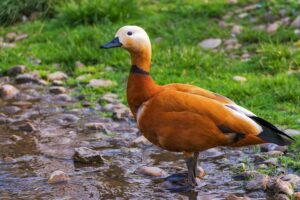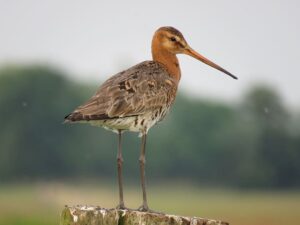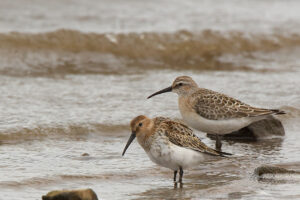– An article by Shivani Gadre
World Migratory Bird Day (WMBD) is celebrated annually on the second Saturday of May to raise awareness about the importance of migratory birds and their conservation. The day was first celebrated in 2006 and is now organized by the Convention on the Conservation of Migratory Species of Wild Animals (CMS) and the African-Eurasian Migratory Waterbird Agreement (AEWA).
Migratory birds play a vital role in maintaining the ecological balance of the planet. They help pollinate plants, control insect populations, and provide a source of food for other animals. However, many migratory bird species are facing threats such as habitat loss, climate change, pollution, hunting, and other human activities.
The purpose of World Migratory Bird Day is to promote awareness about these threats and to encourage people to take action to conserve migratory bird populations and their habitats. The day provides an opportunity for bird watchers, conservationists, and nature lovers to celebrate the wonder of bird migration and to educate others about the importance of protecting these magnificent creatures.
Water bodies and wetlands play a crucial role in the life cycle of migratory birds. Many migratory bird species rely on wetlands as critical stopover sites during their long journeys, providing them with important habitats for resting, feeding, and breeding. Wetlands are also important nesting and breeding sites for many bird species, including waterfowl, herons, and egrets.
Water bodies and wetlands are important for migratory birds for several reasons:
- Food: Wetlands provide a rich source of food for migratory birds, including fish, insects, and plants. Many birds that migrate long distances need to feed heavily before continuing their journey, and wetlands provide an abundant supply of food to help them build up their reserves.
- Resting and roosting: Migratory birds need to rest during their long journeys, and wetlands provide ideal sites for resting and roosting. Wetlands provide safe places for birds to rest, away from predators and other dangers.
- Breeding and nesting: Many migratory bird species rely on wetlands as important breeding and nesting sites. Wetlands provide safe and secure habitats for birds to lay their eggs and raise their young.
- Climate regulation: Wetlands help regulate the climate by storing carbon and reducing greenhouse gas emissions. They also help mitigate the impacts of climate change by reducing the risk of flooding, droughts, and storms.
Overall, water bodies and wetlands play a vital role in the survival of migratory bird populations, and it is important to protect and conserve these important habitats to ensure the continued survival of these amazing creatures.
Gujarat is an important state for migratory birds, with several wetlands and bird sanctuaries that provide important habitats for a variety of bird species. Some of the migratory birds that visit Gujarat during their annual migration include: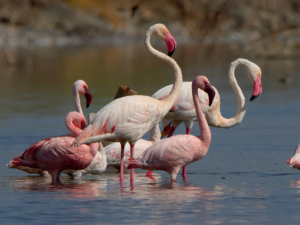
Greater Flamingo
Demoiselle Crane
Common Crane
Greater Spotted Eagle
Steppe Eagle
Marsh Harrier
Common Teal
Eurasian Wigeon
Ruddy Shelduck
Black-tailed Godwit
Curlew Sandpiper
These are just a few examples of the many migratory bird species that visit Gujarat each year. The state is an important destination for bird watchers and nature lovers, who come from all over the world to witness the spectacle of bird migration in this region.

